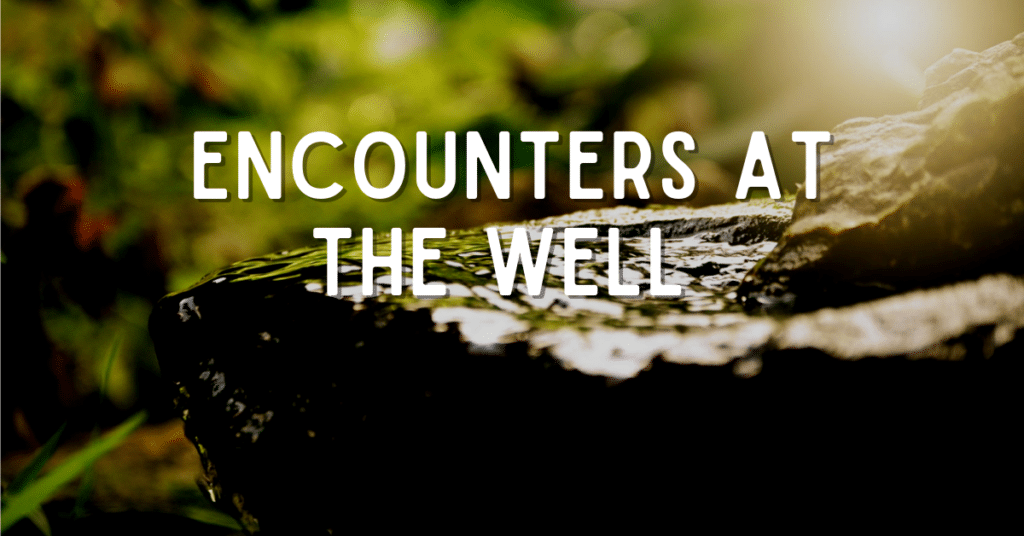Daily COVID-19 Briefing April 2, 2020
United Church of Christ – Wider Church Ministries
Humanitarian Development Team
Coronavirus (COVID-19) Daily Briefing
Barbara T. Baylor, MPH – Temporary Health Liaison
April 2, 2020
Impact of COVID-19 on Communities of Color:
Inequities, Inequalities and the Social Determinants of Health
Perhaps nowhere is this clearer than in communities of color,
which have long endured inequalities across American economic, social, and civic systems.”
– Source: AmericanProgress.org
The reality in this nation is that while people can self-regulate some aspects of their health, many other factors that determine health and well-being are beyond individual control. These factors include the environments in which people are born, live, learn, work and play – known as the social determinants of health. These determinants substantially affect and shape health and quality of life – for better or for worse.
Structural and environmental racism has produced extraordinarily high rates of serious chronic health conditions among people of color; and entrenched barriers in the health system continue to prevent people of color from obtaining the care they need.
Old age, pre-existing health conditions and low-socioeconomic status are risk factors thought to make the novel coronavirus (COVID-19) deadlier for those who catch it. COVID-19 has exposed the vast inequalities and inequities in our healthcare and safety net systems that make it ripe for spreading in communities of color, including:
- Inequalities in testing. America’s failure to ensure adequate COVID-19 testing has caused the disease to spread undetected through some cities. In addition, asymptomatic people with means and money are getting access to COVID-19 tests before many sick people showing relevant symptoms.
- People of color disproportionately reside in densely populated metropolitan areas that could increase exposure to COVID-19. People of color have historically been restricted to segregated neighborhoods in urban areas and now constitute a majority of residents in the five most densely populated cities in the country.
- Higher rates of serious chronic health conditions make COVID-19 potentially more dangerous for people of color. American Indians and Alaska Natives, Black Americans, Hispanic Americans and Native Hawaiian/Pacific Islander Americans have higher rates of asthma,diabetes, obesity, HIV/AIDS, and chronic obstructive pulmonary disease (COPD). These are all impacted by automobile and refinery pollution, lead-contaminated water and food deserts, among other forms of structural and environmental racism.
- Barriers in the healthcare system may prevent people of color from obtaining necessary care especially during COVID-19. Millions of people gained coverage under the Affordable Care Act, but people of color, especially American Indian, Alaska Native and Hispanic peoples, remain far more likely to be uninsured than their white counterparts due to many states’ refusal to expand coverage.
- Racial discrimination remains an ever-present barrier to treatment for people of color. Many have experienced racial discrimination when going to a doctor or health clinics.
Does the Stimulus Package go far enough?
According to Human Rights Watch, The United States government’s US$2 trillion economic package passed in response to COVID-19 contains important protections but will leave many low-income people unable to afford life’s necessities:
- Relief is temporary despite the expected long-term impact of COVID-19 on the economy, and excludes informal and undocumented taxpaying workers.
- The temporary relief provided to many still risks leaving millions unable to afford necessities, such as rent, utilities and food, when the law’s benefits expire.
- After the initial four months, the average weekly unemployment benefit in the United States will return to just $372, and millions of low-wage workers such as salespeople will be eligible for only as little as $234 in some states, which is below the federal poverty line.
- Many will face prolonged financial hardship as companies reopen and may hire only a small share of their pre-crisis workforce.
- The relief package does not protect the more than eight million informal and undocumented workers in the United States, since only workers with social security numbers are eligible for benefits through the national unemployment system.
What can the faith community do?
For more than 35 years the General Synod of the United Church of Christ has and continues to advocate for social justice reform for those that are marginalized and oppressed in society. As COVID-19 continues its rampage, consider working in partnership with other community and faith-based organizations in your communities to:
- make sure that potential inequities and inequalities in the Coronavirus Aid, Relief, and Economic Security Act (CARES ACT) are addressed and working for everyone and
- monitor, record and report, and speak out against acts of racism and aggression toward Asian Americans.
Other References
Ring the Alarm: COVID-19 Presents Grave Danger to Communities of Color
SPLC Action Fund: House Stimulus Bill Doesn’t Go Far Enough To Protect Working People
Coronavirus and Our Communities
Ten Equity Implications Of The Coronavirus Covid-19 Outbreak In The United States
As Coronavirus Deepens Inequality, Inequality Worsens Its Spread
While Some Wait For COVID-19 Tests, The Wealthy Cut The Line
The Racial Time Bomb in the Covid-19 Crisis
Poor People’s Campaign – Poverty Amidst Pandemic: A Moral Response to COVID-19
Related News
Growing Weary
In December 1964 during a speech in Harlem, Fannie Lou Hamer declared: “And you can always...
Read MorePlanning for Earth Month: Resources for Congregations
April is Earth Month, and for congregations, it can be a great time to further discern how...
Read MoreBodily Autonomy Means Every-BODY
Advocacy and Action for Women's and Gender Justice Local events stir thoughts and...
Read More

